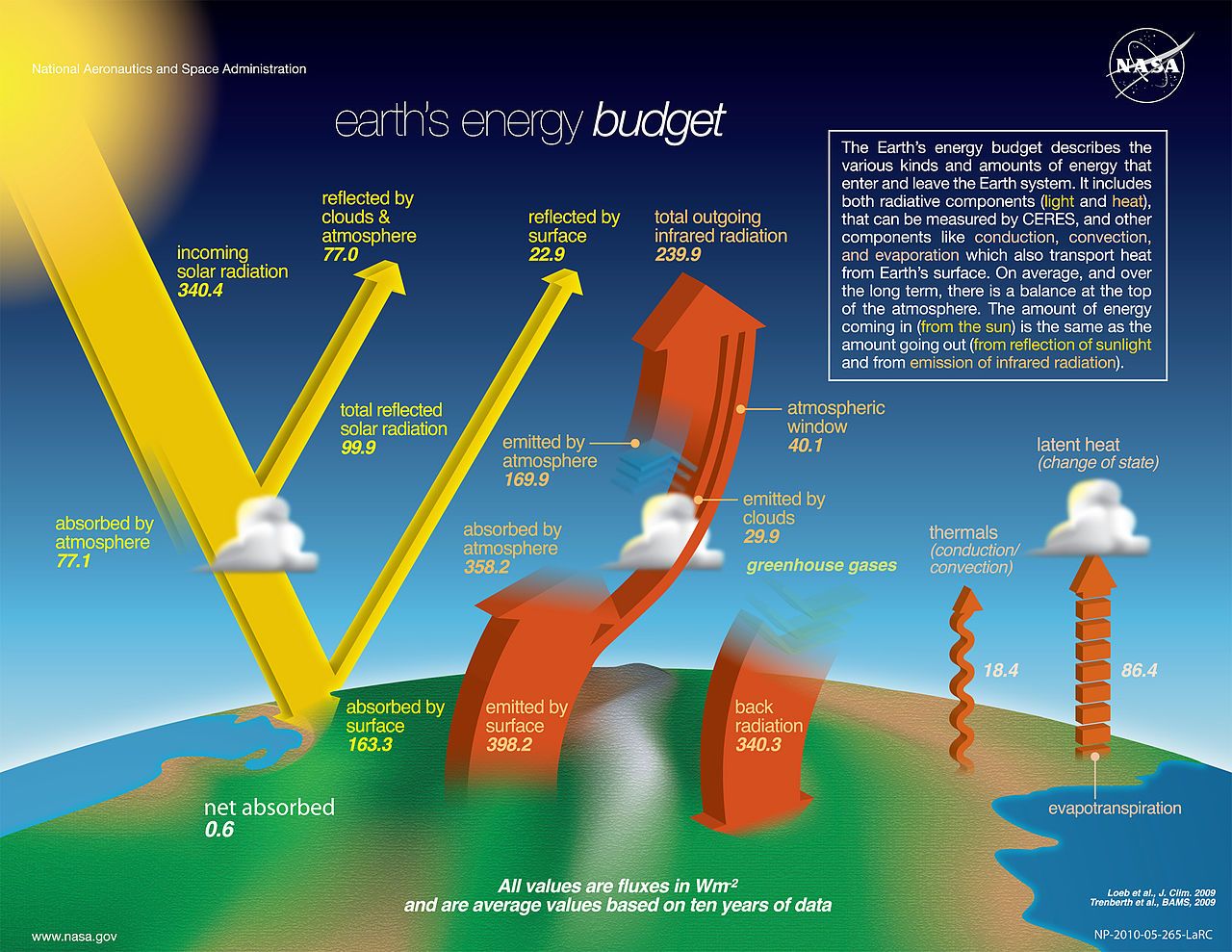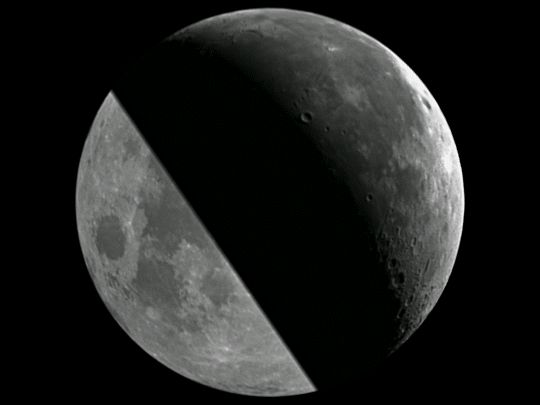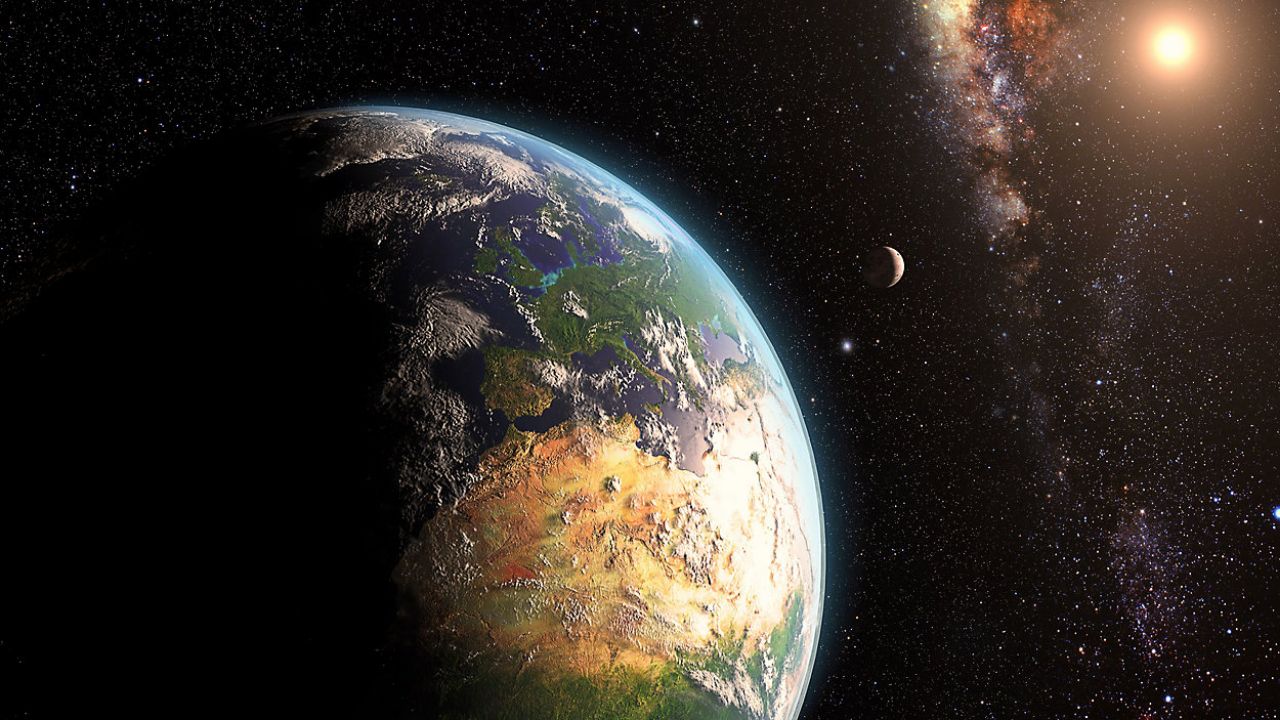Over the past two decades, scientists have been studying earthshine levels, something that Leonardo da Vinci also researched. Their findings show that our planet is getting dimmer, and that's not good news for climate change.
Earthshine is apparent when you can faintly see the entire moon when the moon is actually only in its crescent phase. This dim illumination of the moon happens when light reflects off of the Earth.
Leonardo da Vinci was one of the first people to explain that sunlight bounces off the Earth, reflecting light onto the moon. Almost 600 years later, scientists still use this principle to study climate change.

The study was done at the Big Bear Observatory in California and published in the American Geophysical Union journal "Geophysical Research Letters" in August 2021. The scientists measured the brightness of the Earth for 20 years by observing the amount of earthshine that reached the moon.
They found that, in the last two decades, the Earth is becoming dimmer. Our planet is not reflecting as much of the sun's light as it used to. Overall, the reduction was about half of a watt of light, which is a lot and is important.

The Earth's energy balance depends on clouds reflecting some of the sun's energy reflected back into space. Overall, the Earth reflects about 30% of the sun's light. The more sunlight that reaches the Earth, the more warming we are expected to see.
The research showed that low, bright clouds, which are the best for reflecting rays, have been disappearing in parts of the world.

The findings from the research noted that low, bright clouds off the west coasts of North and South America are much less abundant now than 20 years ago. This is also a region where the ocean has substantially warmed. The scientists think the reduction of these clouds is likely climate-related.
A key term in this research is "albedo." This refers to how much light the Earth's surface reflects back out. Without those critical clouds, the albedo, or shininess, of the Earth is lower. This means that more heat is reaching the Earth.
The scientists noted that much of the dimming of our planet occurred in the past 3 to 5 years of their study, which was a surprise after nearly 17 years of only minor dimming. Also, it's worth noting that the study showed that there was no significant change in the energy output of the sun during the time they were conducting measurements and observations, so they have concluded that the change in brightness is due to events occurring on our Earth.



